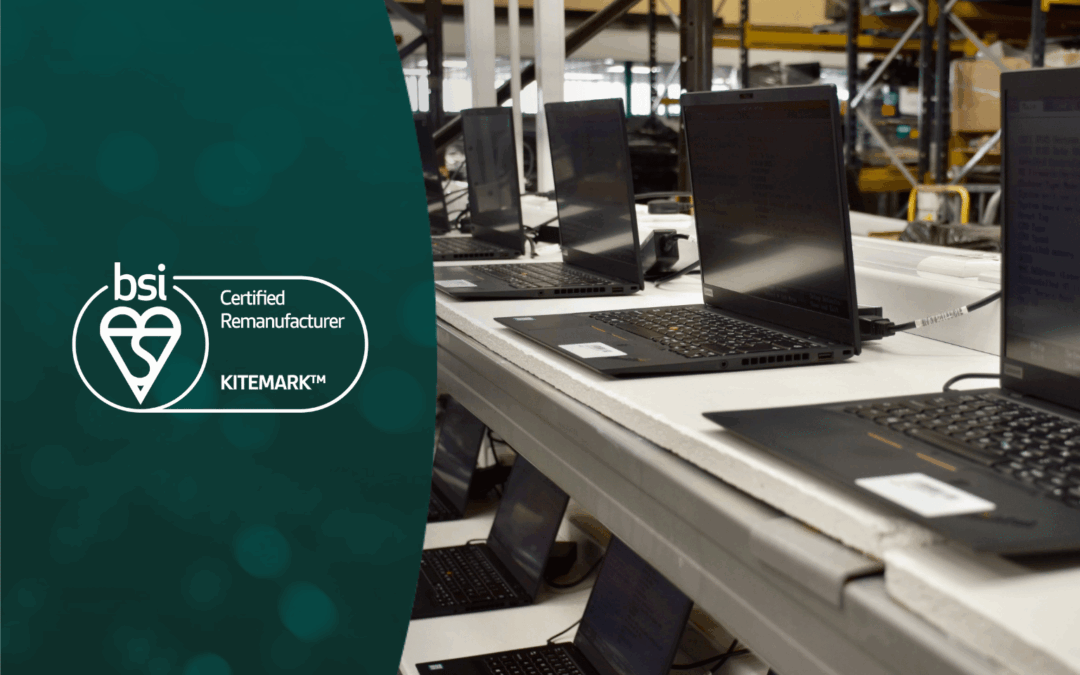Managing the IT Lifecycle
All things must come to an end, and that is especially true with information technology. Technological change moves quickly in the business world, shortening the lifespan of our existing assets in the process. Technology which was once cutting edge can quickly become outdated, and what was once an asset to your business becomes a liability. This creates an ongoing demand within businesses to monitor the status of their assets, and to upgrade them periodically. In a simplified form, this is the process of IT asset management. Knowing when an IT asset has become a liability provides your business with a competitive edge, and allows you to plan, and manage, this lifecycle more effectively.
What is the IT Lifecycle?
Information technology forms the backbone of our day-to-day business operations. We rely on this technology to optimise our workflows, to simplify the management of business data, and for a whole range of different communication methods. However, when the IT assets reach the end of their lifespan, they can quickly become a hindrance, preventing your business from functioning at optimum capacity. At the milder end of the scale, this could lead other businesses to gain a competitive advantage over you, but if your technology becomes completely outdated, the manufacturer may not even support the products anymore, presenting a serious vulnerability for your business. As an example of this, Microsoft has a policy of supporting their business products for ten years, and then a further five years after the successor product is released. After this point, their developers are required to cease support for these ageing products.
How to Manage the Information Technology Lifecycle
A company that is aware in advance of the expiration for support for certain assets is able to plan ahead to ensure that the asset is upgraded before the period where support expires. This is a structured approach to the management of your IT infrastructure, helping you to mitigate security risks and to be proactive in the integration of new technologies for your business.
Effective IT lifecycle management demands a long-term approach to keeping your IT assets updated with the end goal of ensuring your business is productive and secure. A company that adopts an IT lifecycle management plan will never again find that a faulty device is no longer supported by a manufacturer, or a key piece of technology is no longer fit for the purpose it was intended.
Here are some of the key benefits of IT asset life cycle management:
- Effectively forecast your business needs
- Make strategic purchasing decisions
- Proactively upgrade your IT infrastructure
- Improve the effectiveness of your business technology
- Understand the total ownership costs and value of your IT equipment
With over 25 years industry experience, tier1 are proud to be the UK’s most accredited IT asset disposition supplier. We possess the skills, accreditations and experience to handle our clients’ end-of-life IT assets with the care they deserve, and to dispose of it responsibly and legally.
Contact us today on 0161 777 1000 or visit https://www.tier1.com to find out how we can help you dispose of your data safely and reliably.



